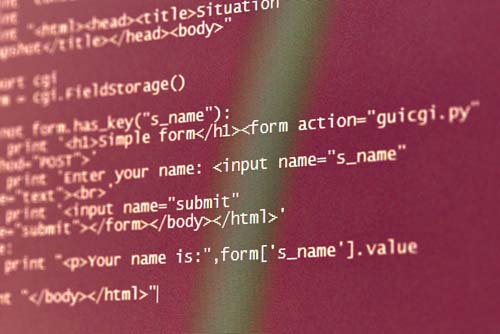本文將從多個方面介紹僵尸線程的定義、產生原因及解決方法。

一、僵尸線程的定義
僵尸線程指的是已經結束卻沒有被主線程回收的線程,即子線程的資源被廢棄而無法再使用。
僵尸線程常見于主線程等待子線程的操作中,因為主線程并不會立即處理回收子線程的任務,導致子線程資源沒有得到釋放。
二、產生原因
1、線程沒有被正確的釋放,如沒有調用join()方法等。
//示例代碼
#include
#include
using namespace std;
void* subThread(void* arg)
{
cout << "I am subThread." << endl;
}
int main()
{
pthread_t threadID;
pthread_create(&threadID, NULL, subThread, NULL);
//忘記回收線程
return 0;
}
2、線程退出時沒有調用pthread_exit()函數。
//示例代碼
#include
#include
using namespace std;
void* subThread(void* arg)
{
cout << "I am subThread." << endl;
}
int main()
{
pthread_t threadID;
pthread_create(&threadID, NULL, subThread, NULL);
//忘記退出線程
return 0;
}
三、解決方法
1、使用pthread_join()函數,確保主線程等待子線程結束后再繼續執行。
//示例代碼
#include
#include
using namespace std;
void* subThread(void* arg)
{
cout << "I am subThread." << endl;
}
int main()
{
pthread_t threadID;
pthread_create(&threadID, NULL, subThread, NULL);
//等待線程結束
pthread_join(threadID, NULL);
return 0;
}
2、在線程退出時使用pthread_exit()函數。
//示例代碼
#include
#include
using namespace std;
void* subThread(void* arg)
{
cout << "I am subThread." << endl;
pthread_exit(NULL); //退出線程
}
int main()
{
pthread_t threadID;
pthread_create(&threadID, NULL, subThread, NULL);
pthread_join(threadID, NULL);
return 0;
}
3、使用C++11的std::thread類自動處理線程的創建和回收。
//示例代碼
#include
#include
using namespace std;
void subThread()
{
cout << "I am subThread." << endl;
}
int main()
{
thread t(subThread); //創建線程
t.join(); //等待線程結束并釋放資源
return 0;
}
四、總結
避免和解決僵尸線程的關鍵在于正確使用線程相關函數,特別是pthread_join()和pthread_exit()函數。而對于C++11,std::thread類的出現大大簡化了線程的處理,可在一定程度上減少線程出錯的機會。




















 京公網安備 11010802030320號
京公網安備 11010802030320號